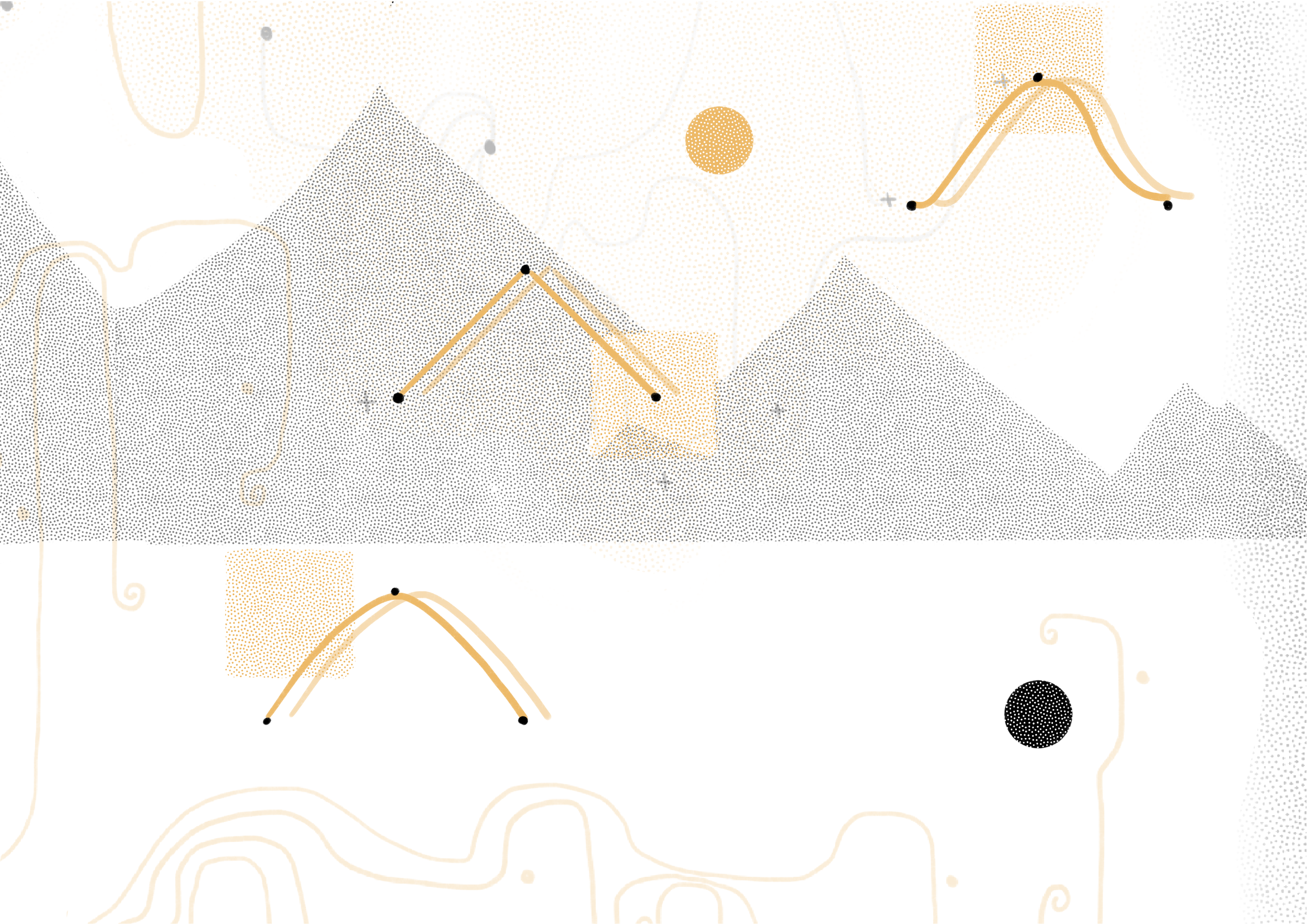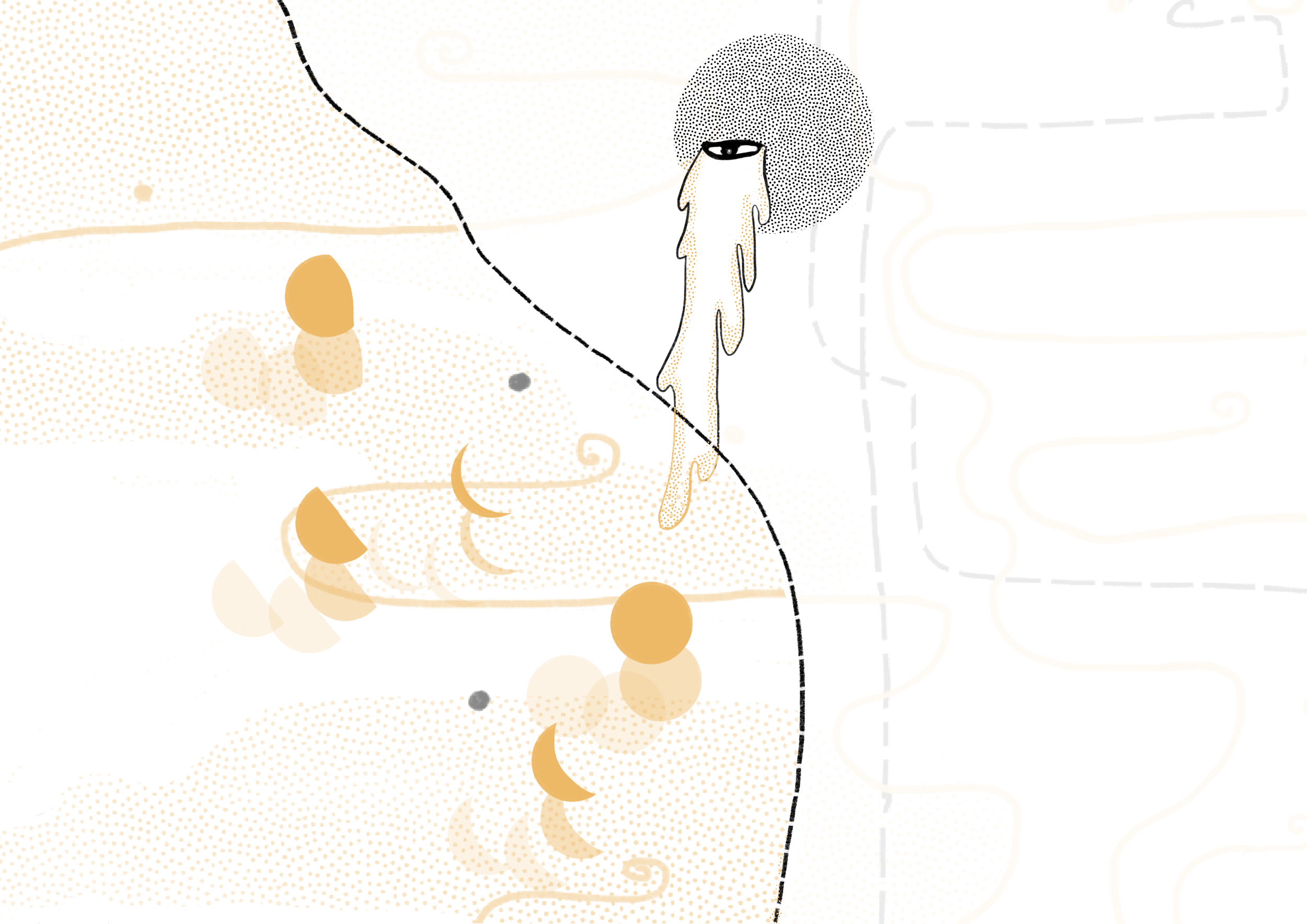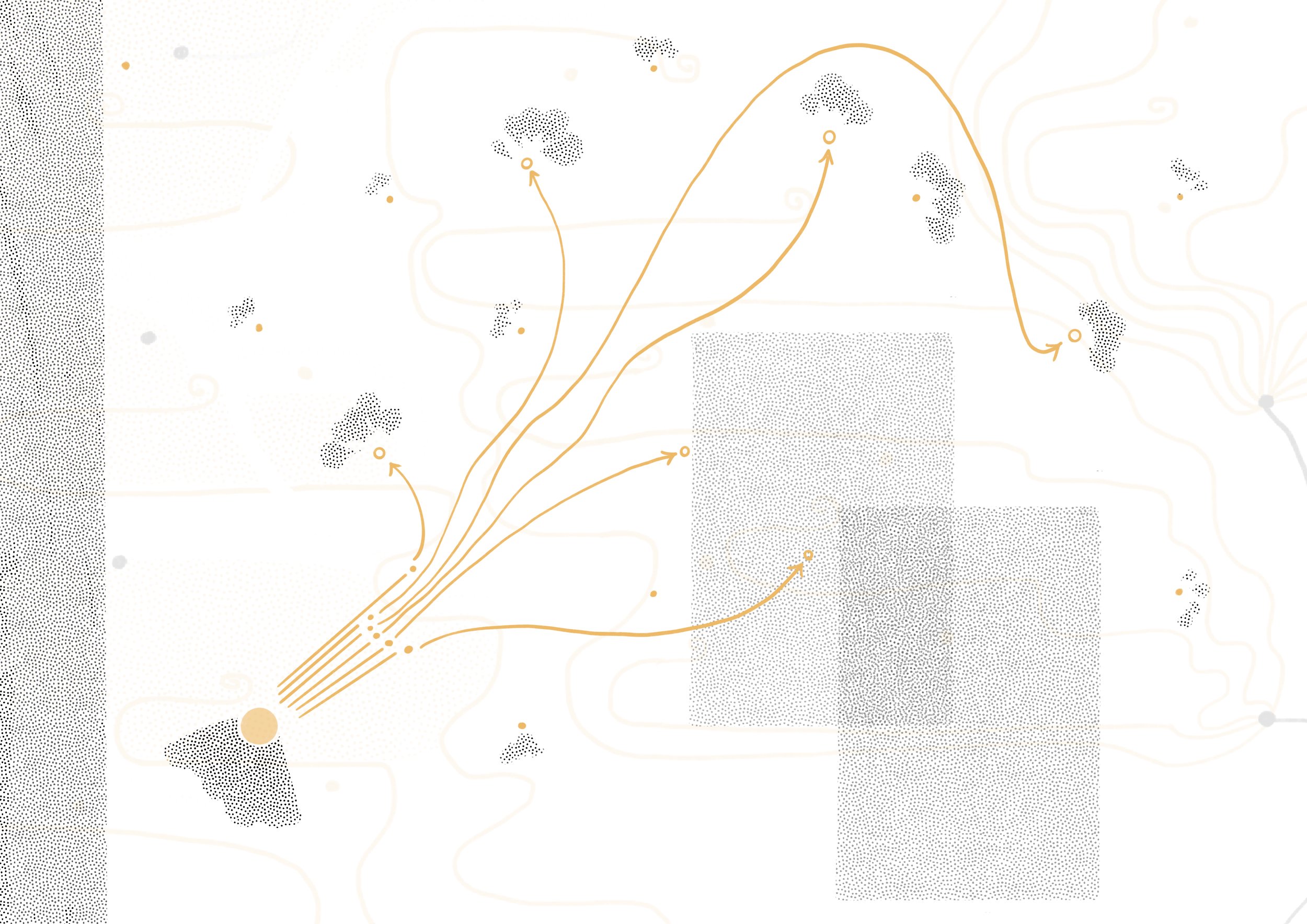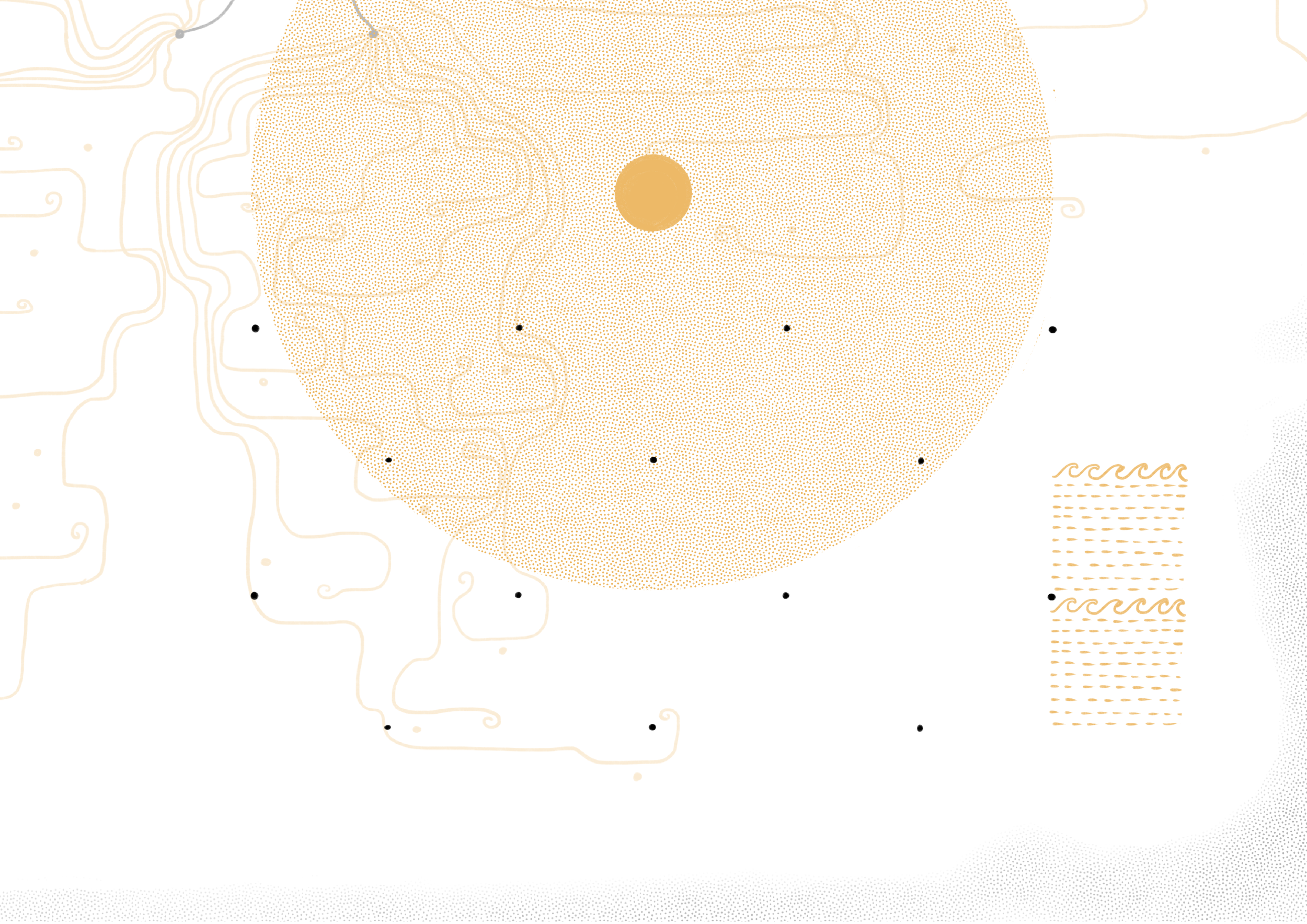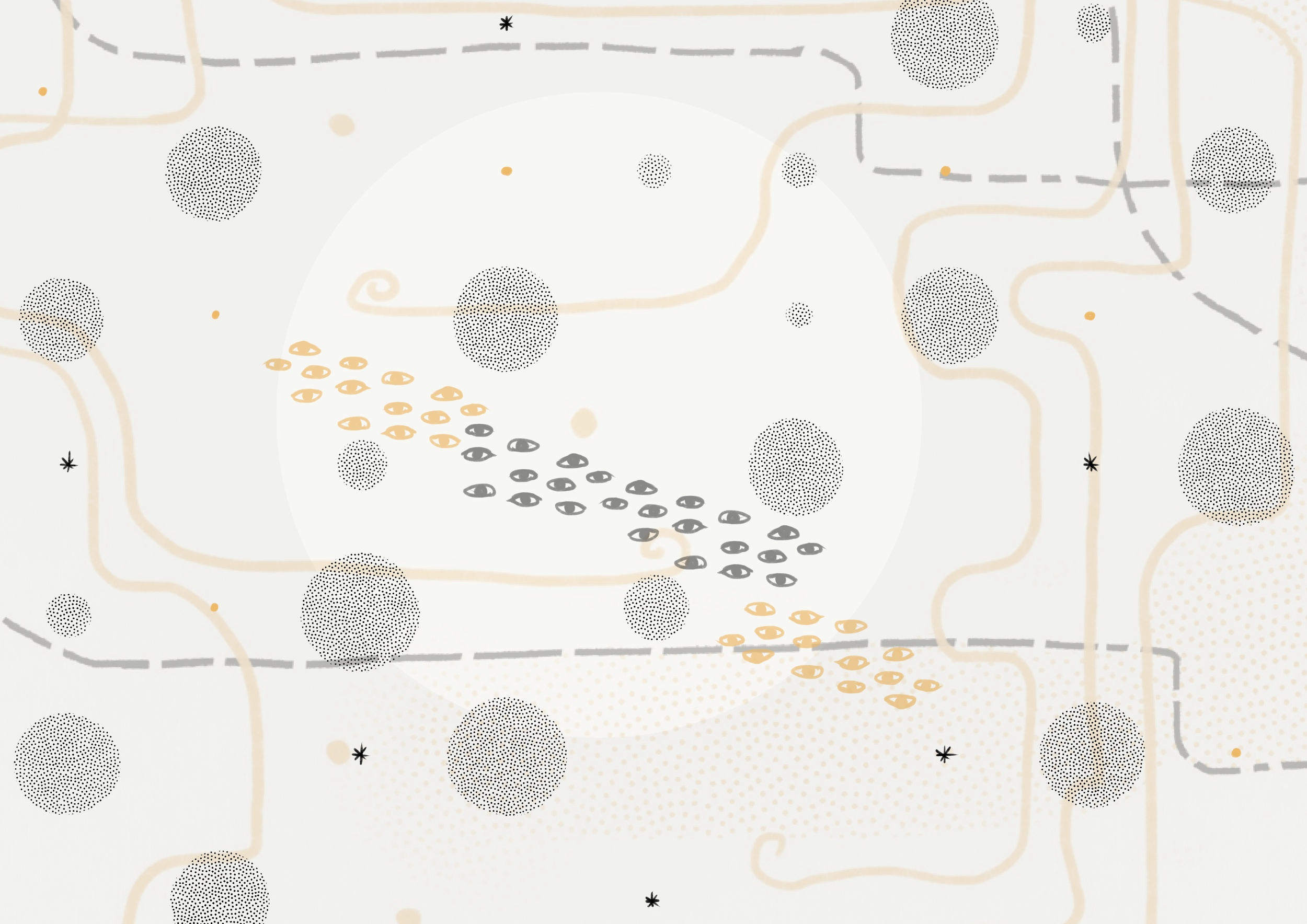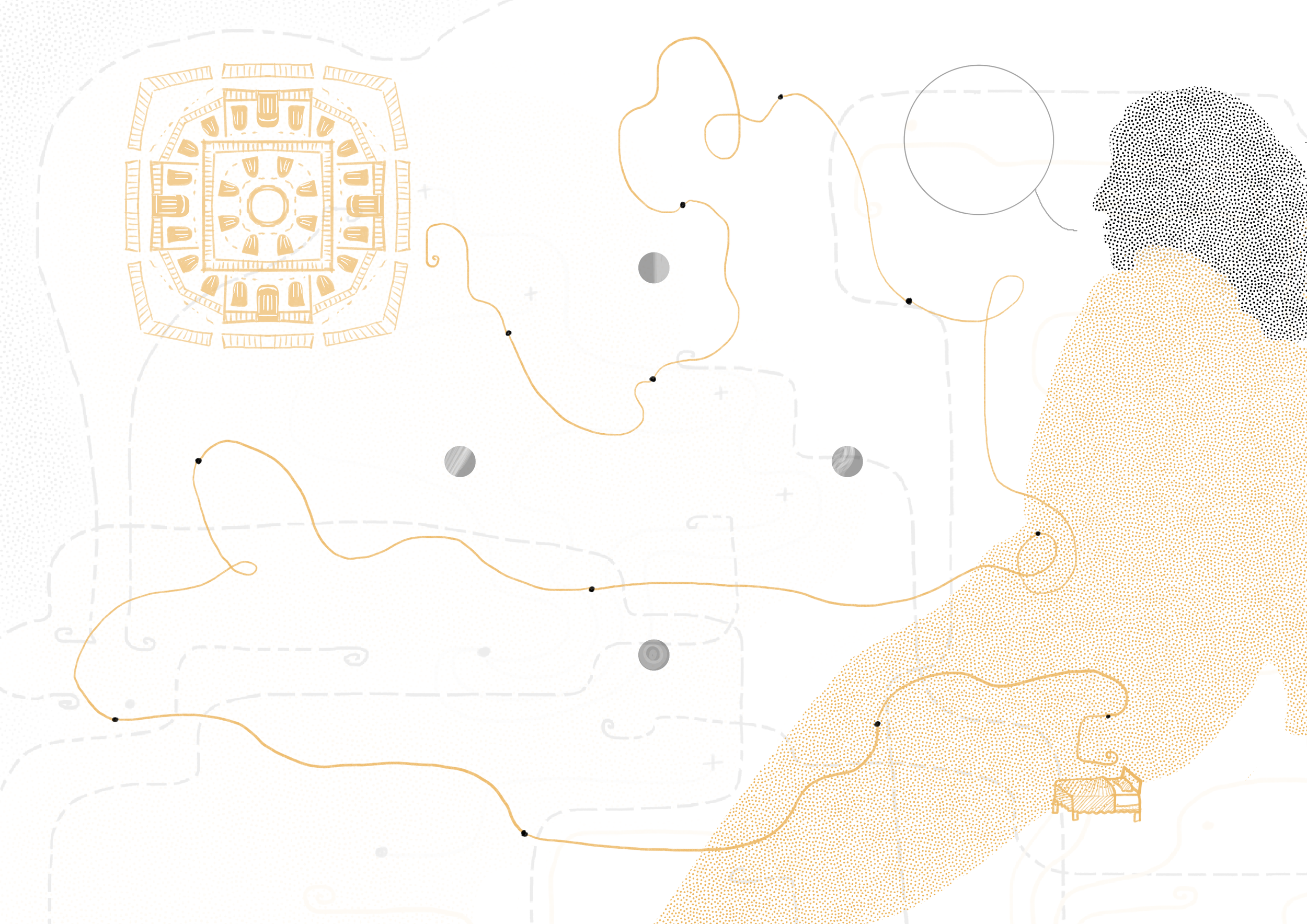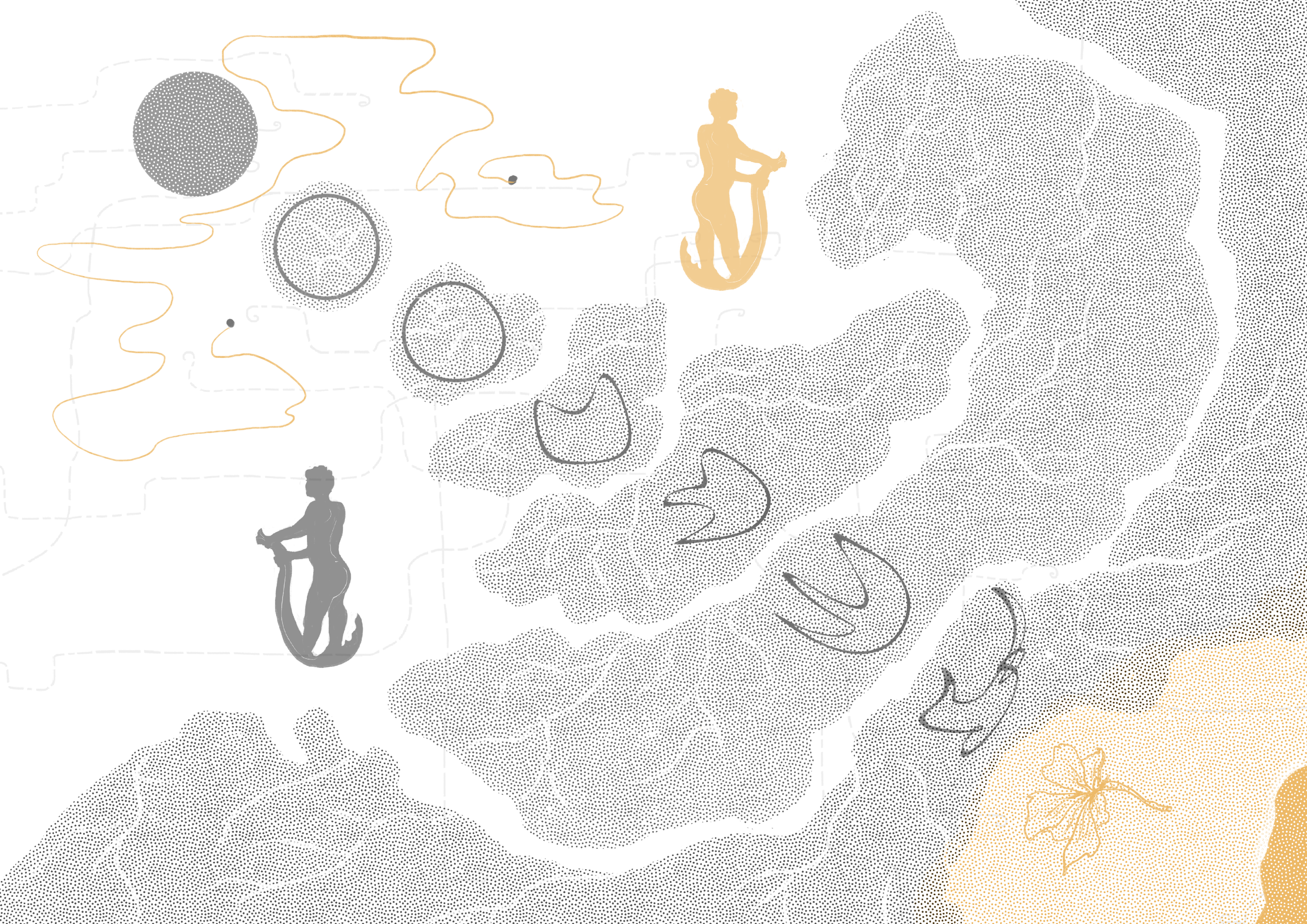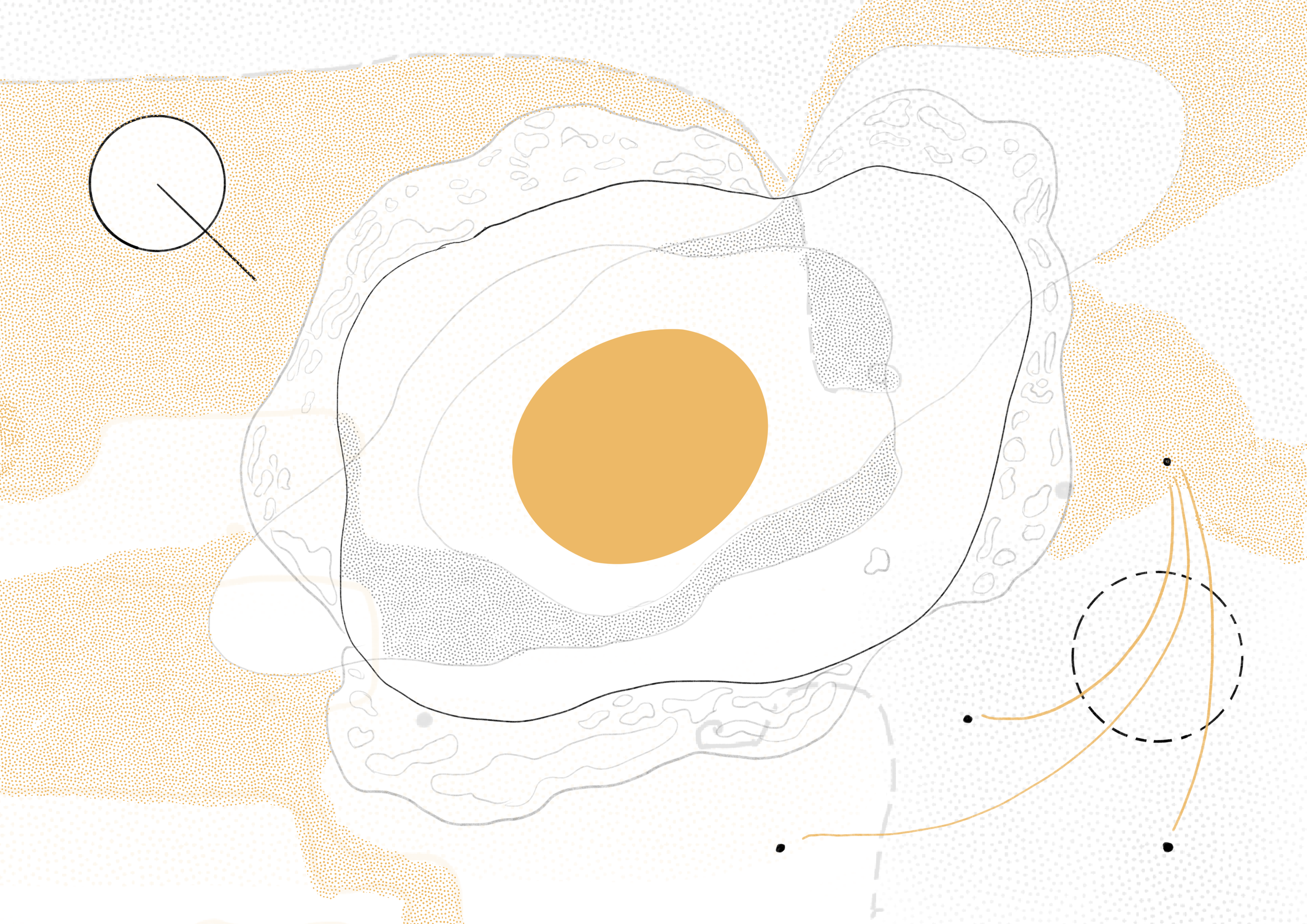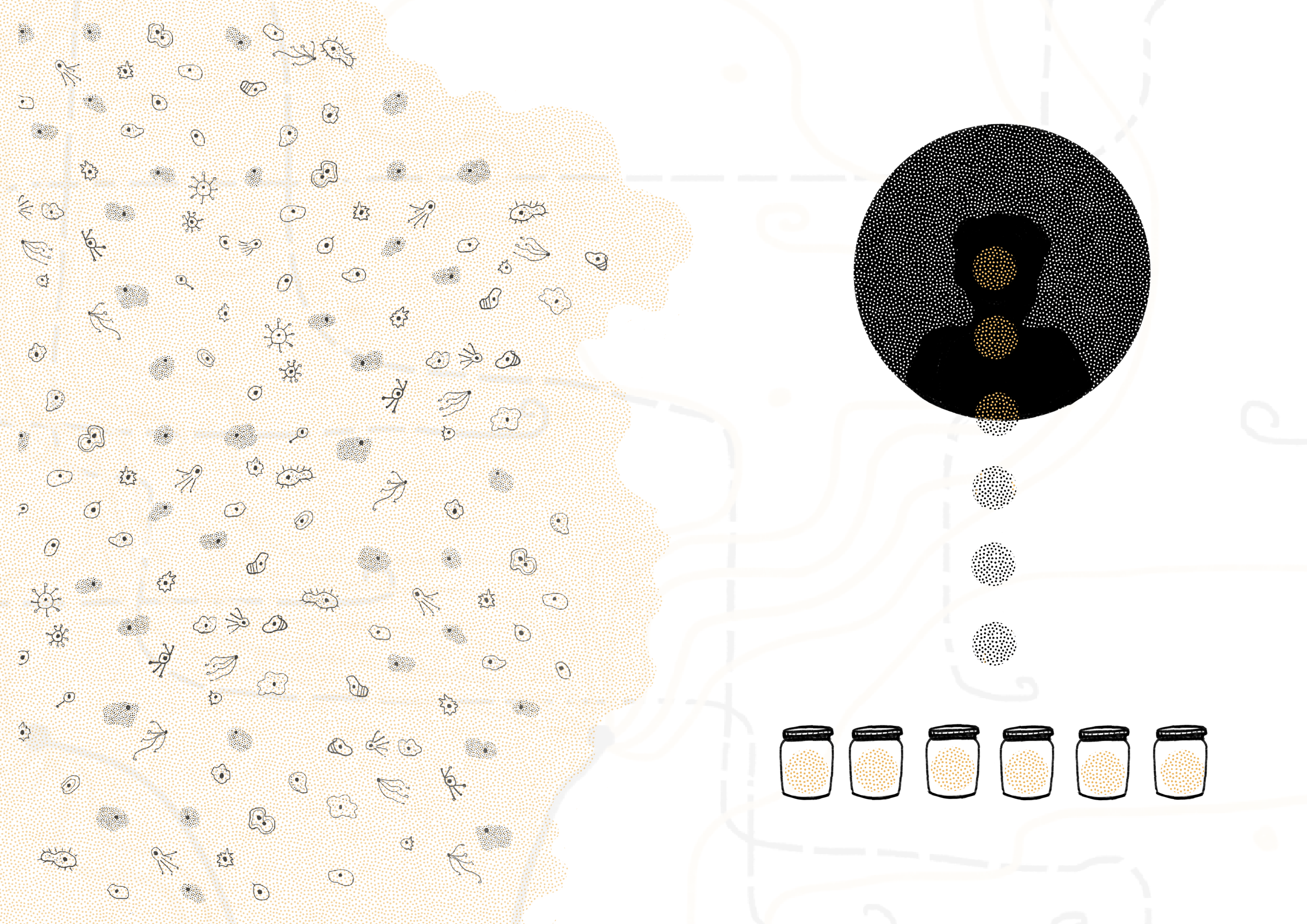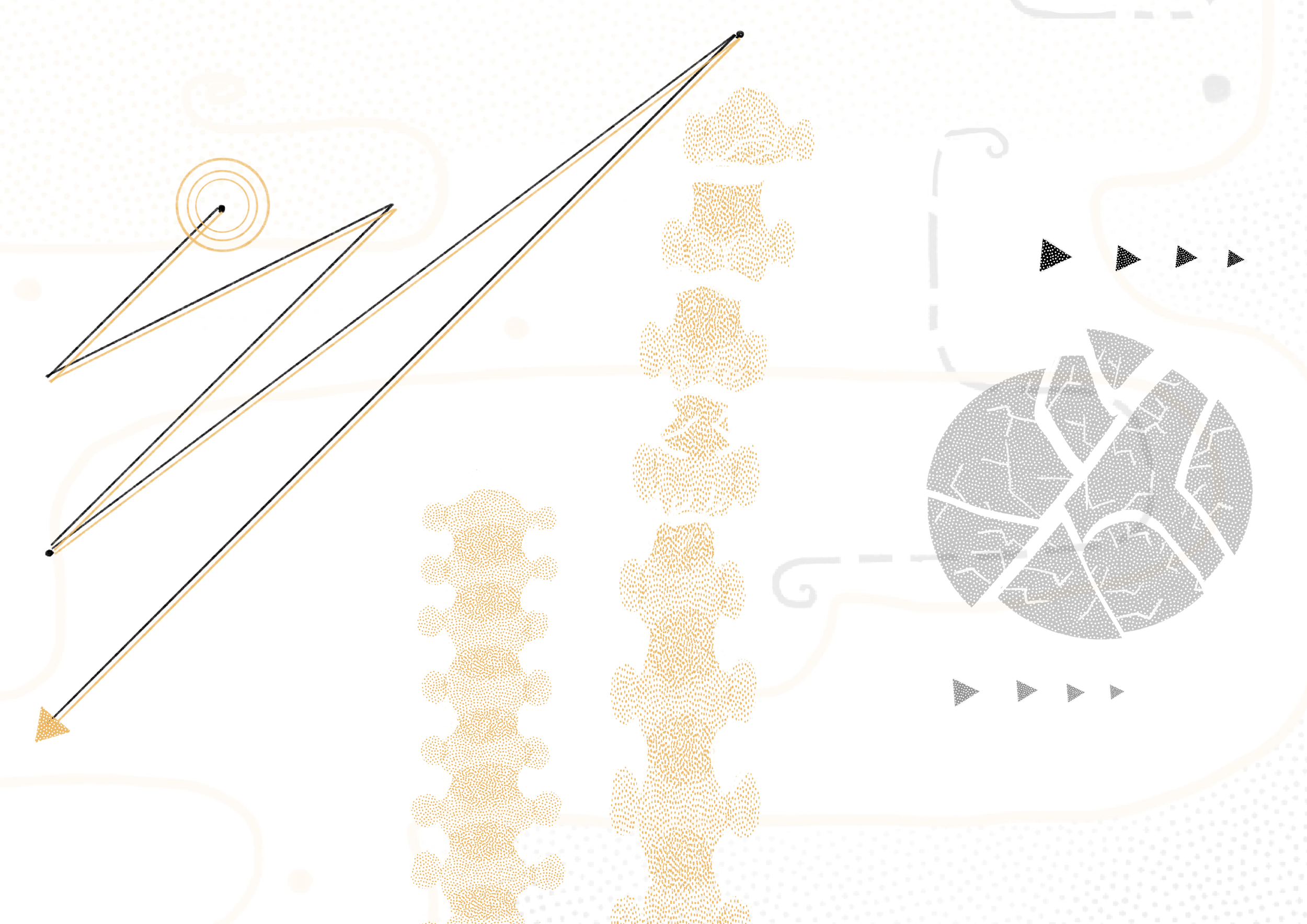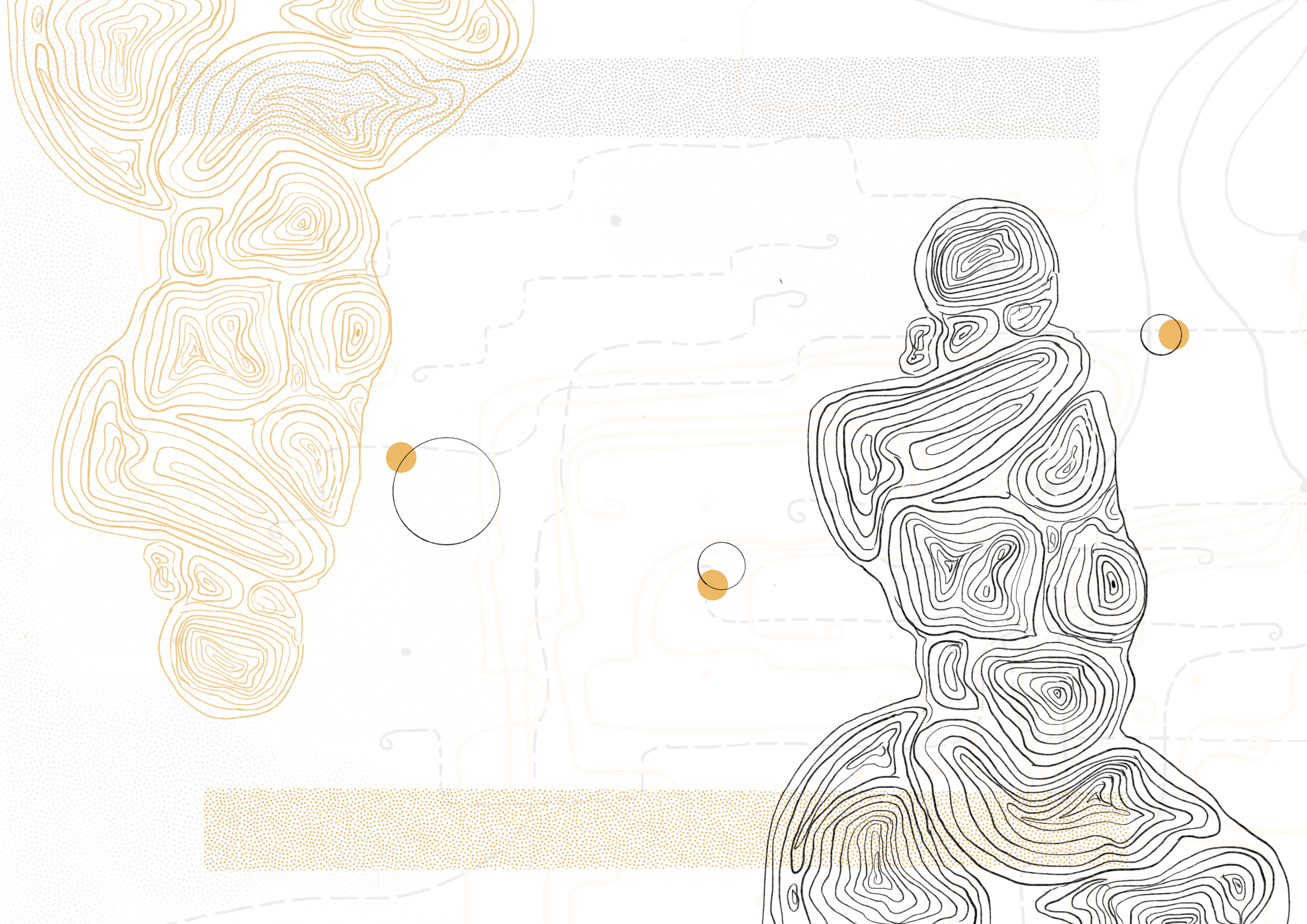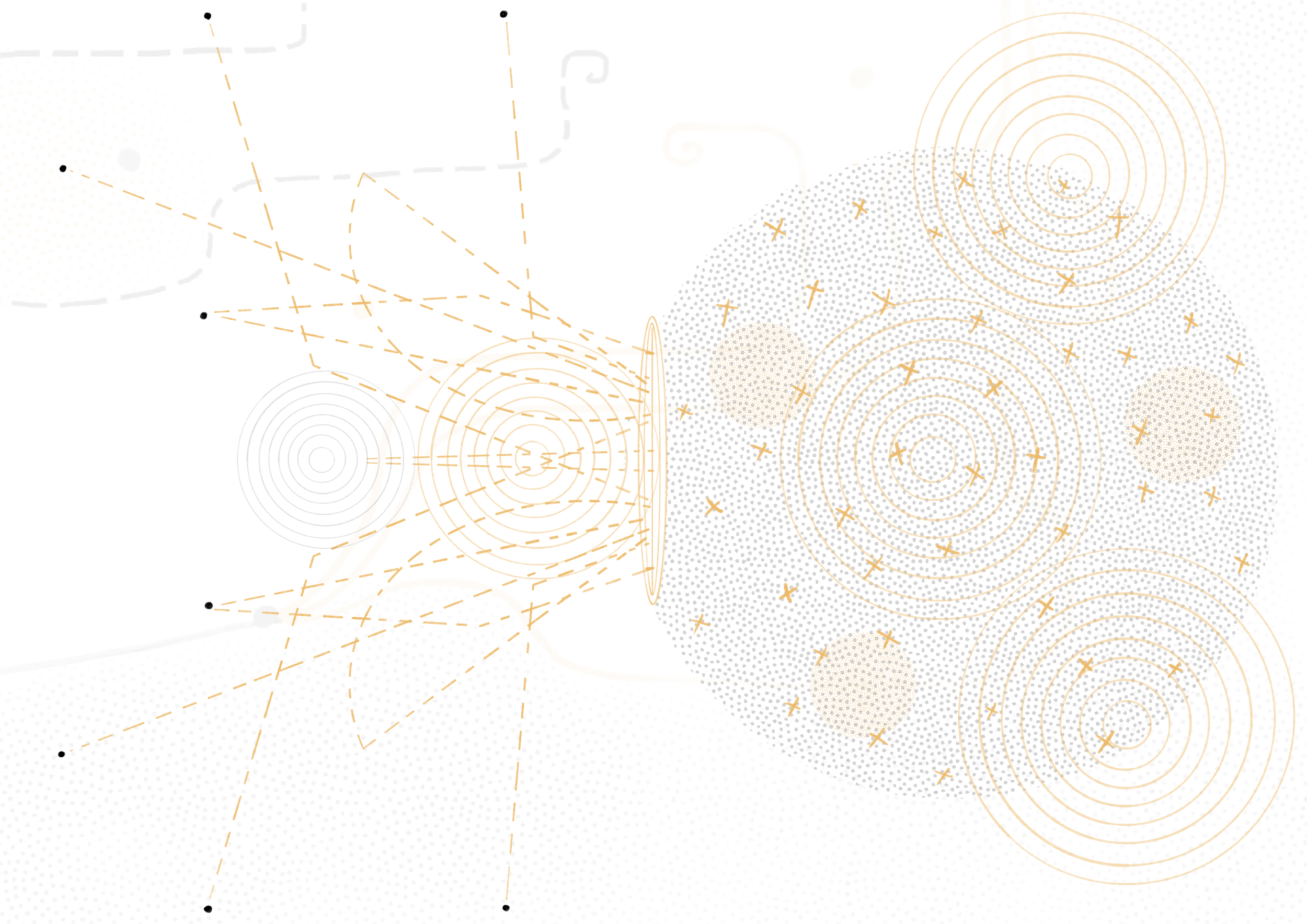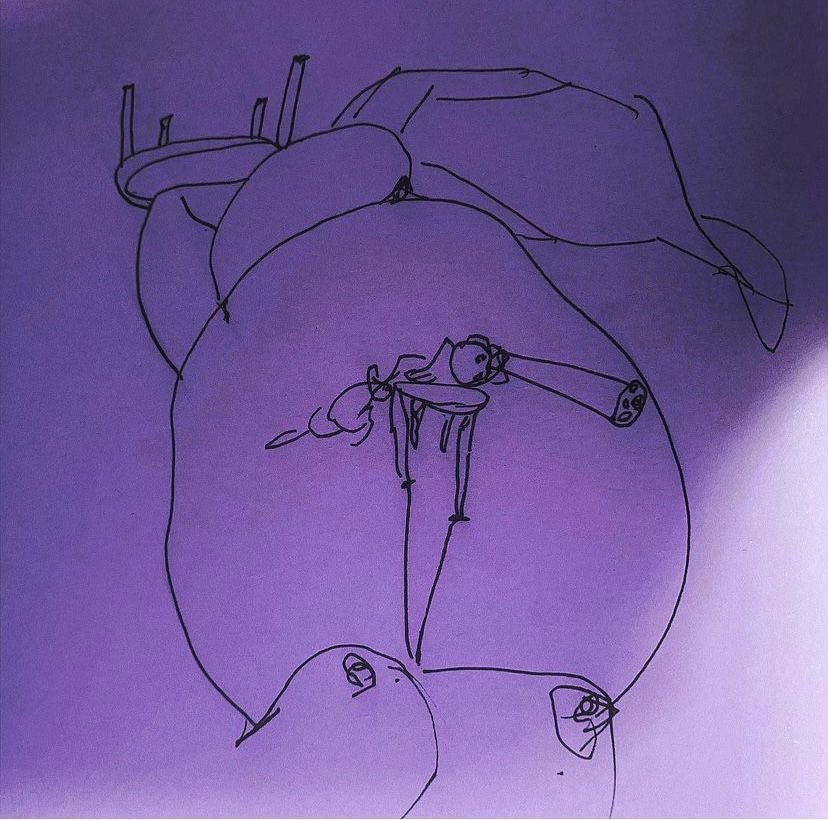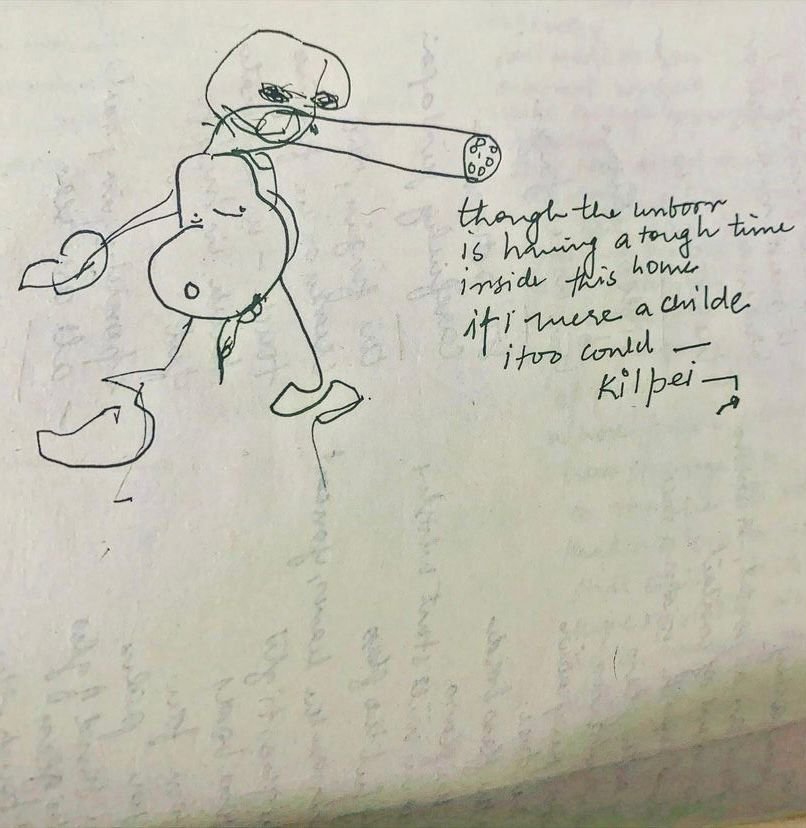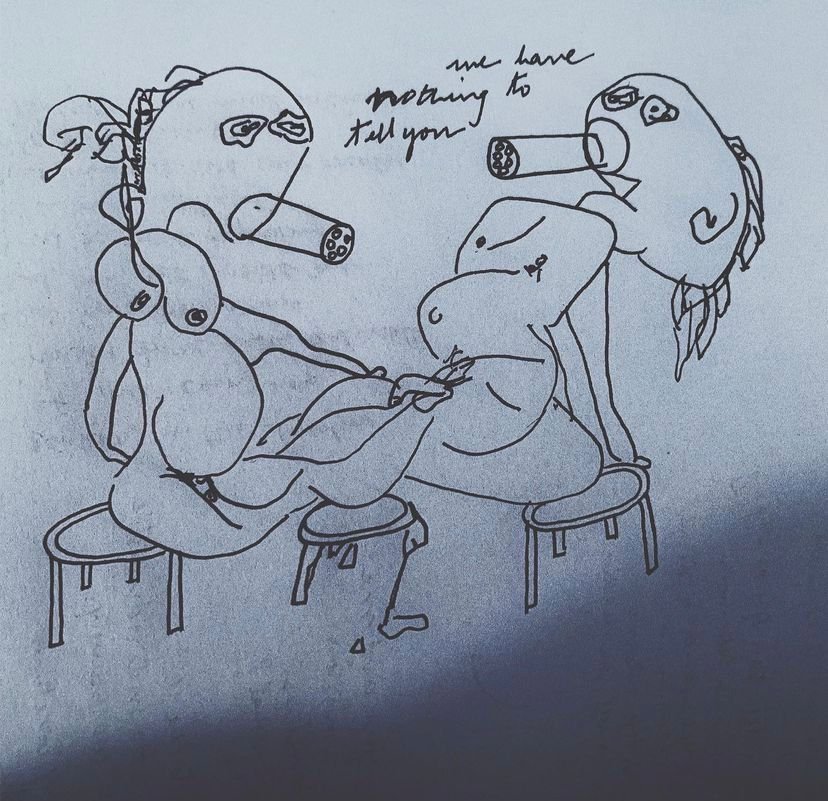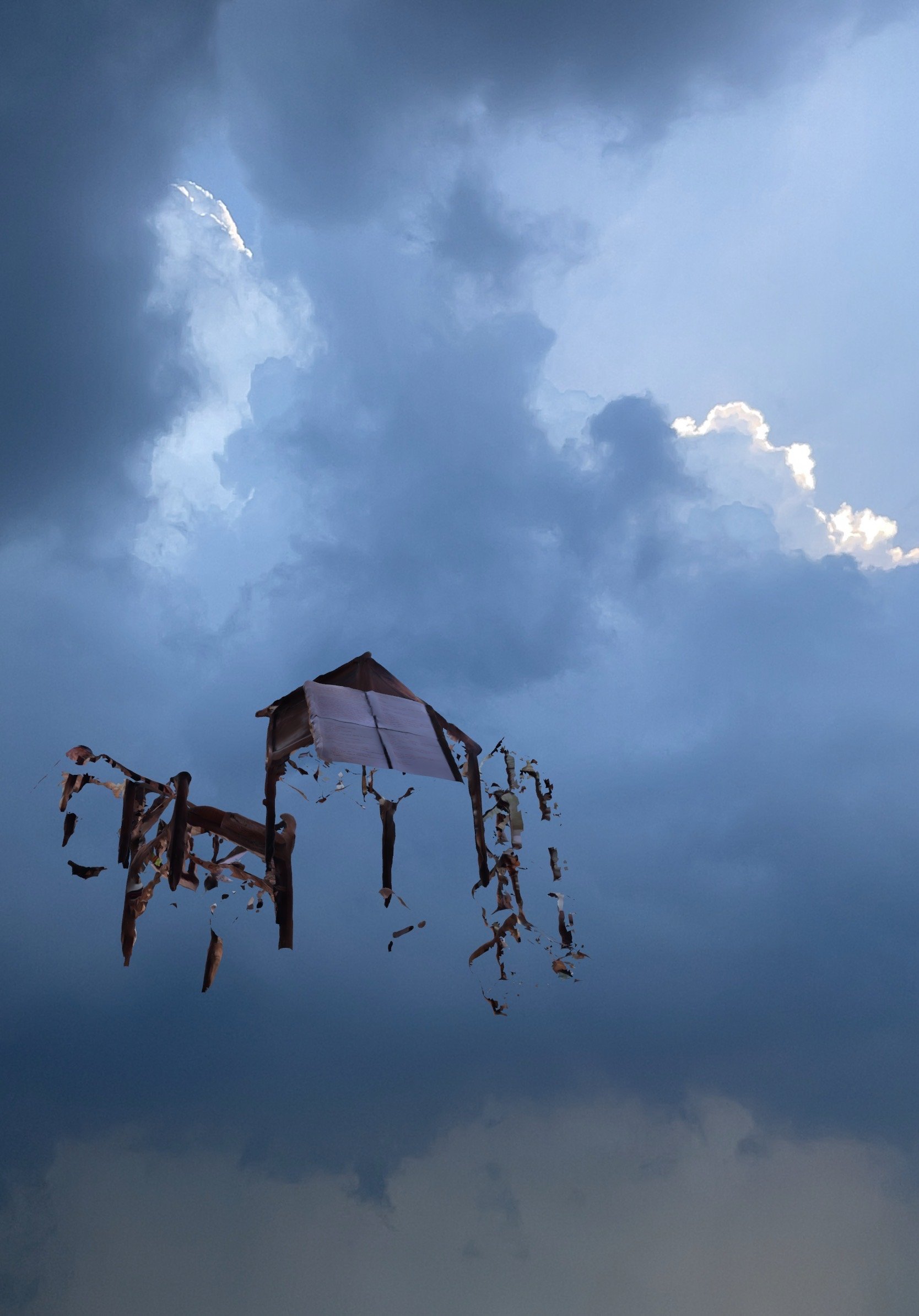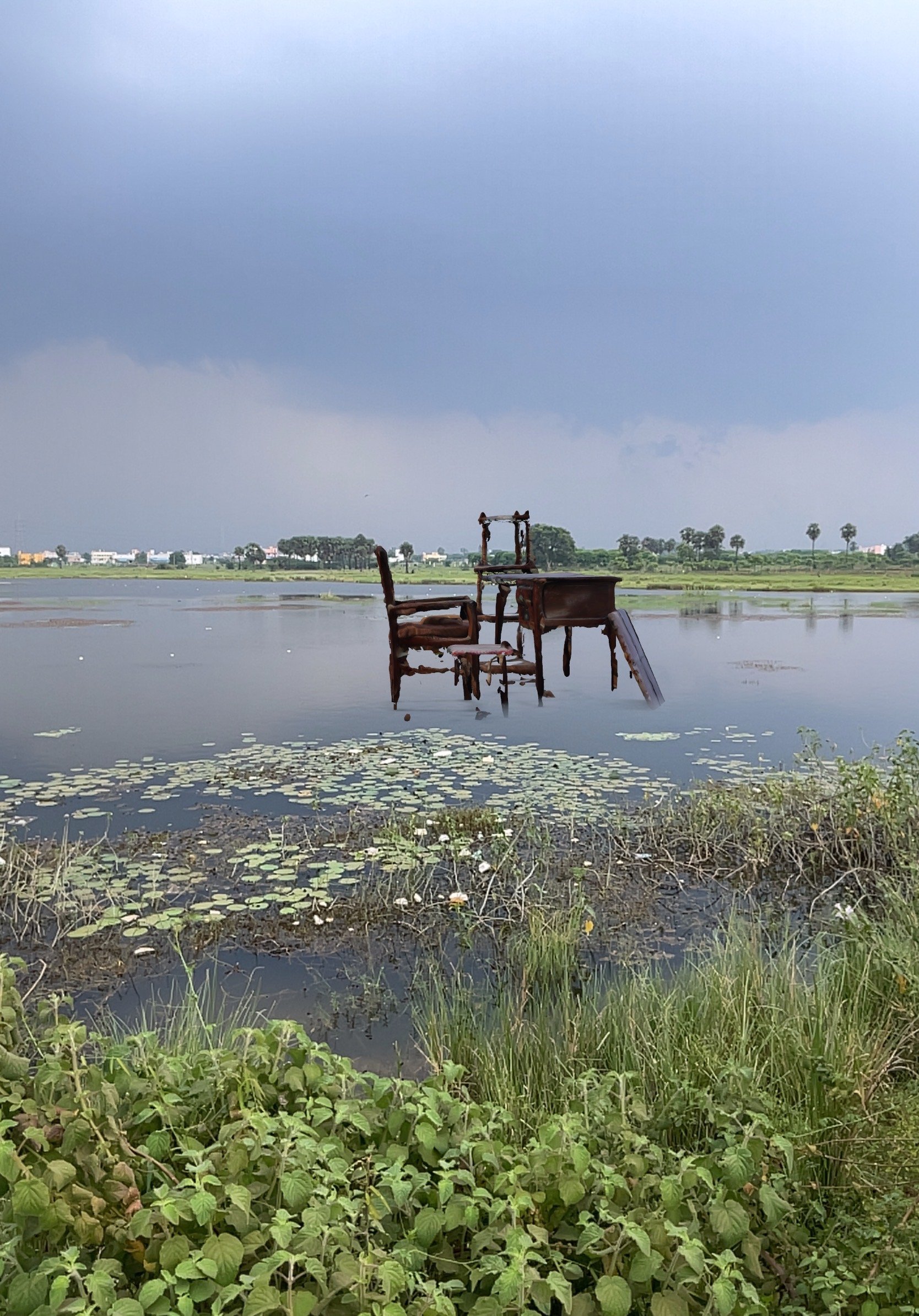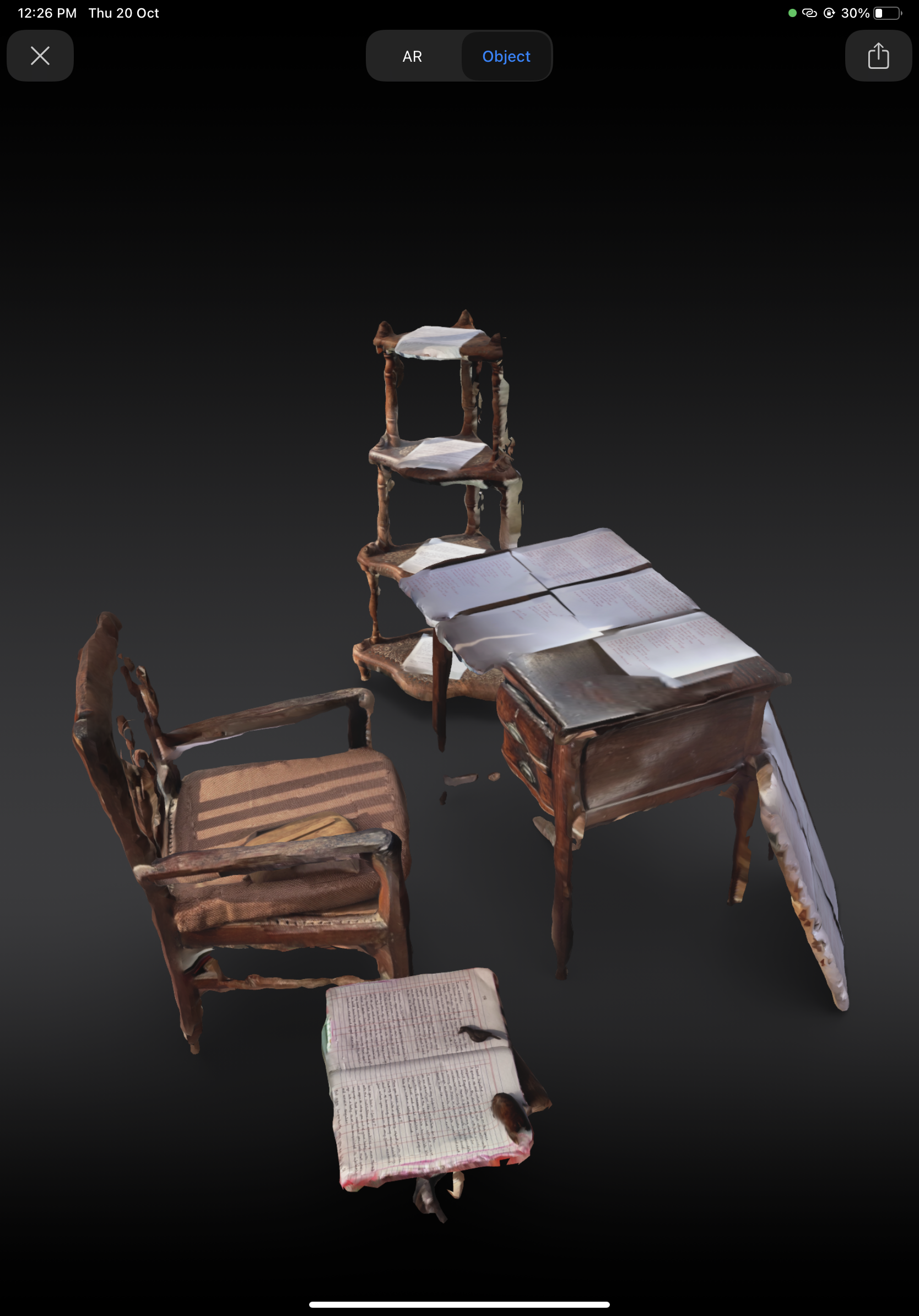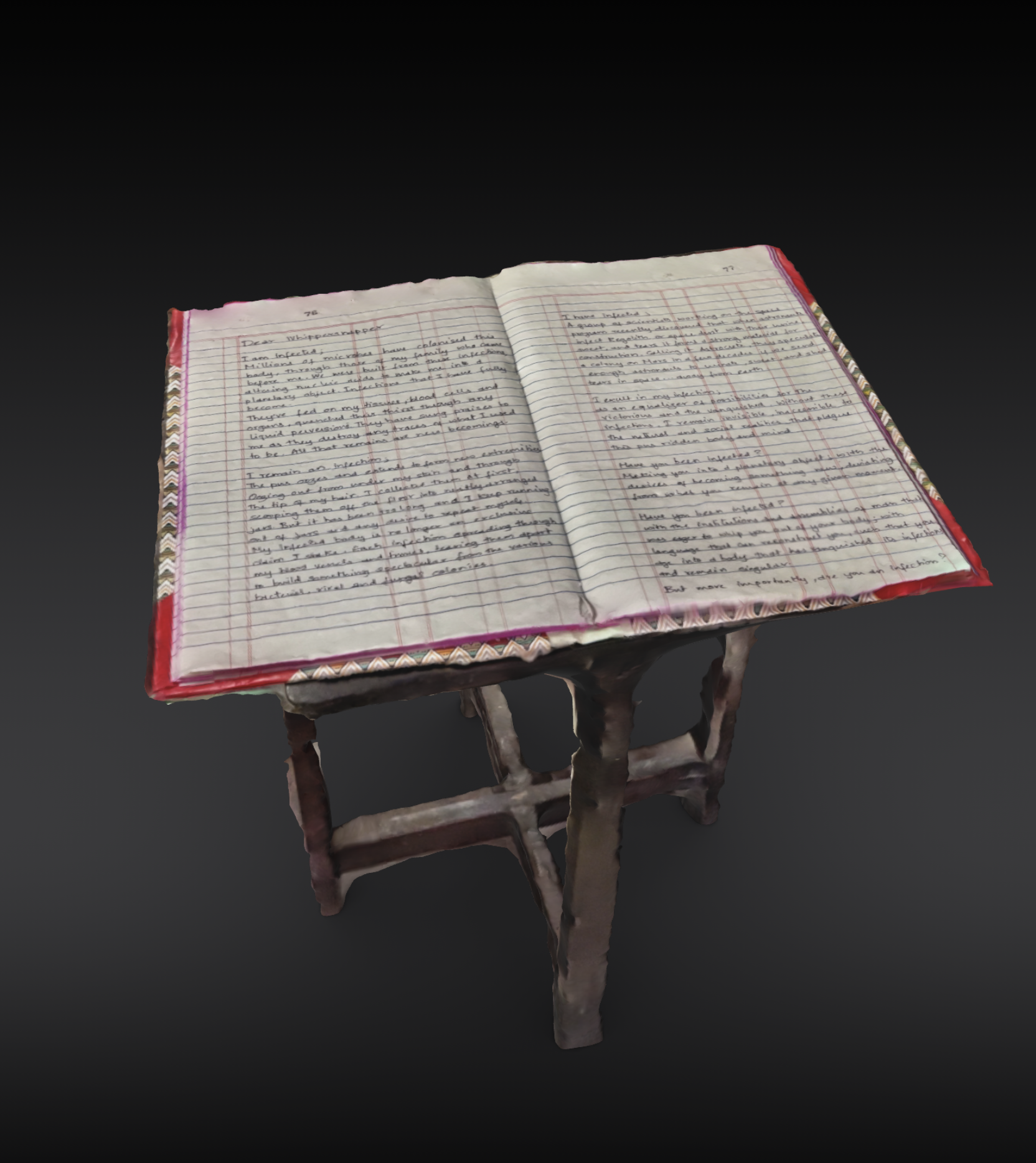The Last Conversation
ANISH CHERIAN AND VIDUR SETHI
Note: The above are letter exchanges and visuals between Zoe and Whippersnapper, by Anish Cherian and Vidur Sethi respectively. All 3D and AR visualizations are created by Anish Cherian.
Anish Cherian is a multidisciplinary practitioner. A graduate in urban planning, and architecture & design, they use an assemblage of mediums from painting, architecture, performance, creative writing, and technology to articulate their practice. In their current work they blur the boundaries between nature, human technology in affirmative communion, to record memories excluded from the archive and by extension the “official” narrative of our reality. These minor archives inform a speculative post-human world they create through drawings, listening sessions, stories, and music. They see collaboration and kinship between species and allies as integral in forming new languages and speculative possibilities. A recipient of the Legislative Assistant for Member of Parliament fellowship and Skowhegan artist residency, their works have been shown at KNMA, Max Mueller Bhavan in New Delhi, Museum of Goa and BeFantastic TechArt Fellowship 2021.
Vidur Sethi is an interdisciplinary cultural practitioner; their practice is located at the intersection of performance, writing and curation. Vidur has played the lead part in ‘Pine Cone,’ a film by National Award Winning director Onir. Further, they’ve been a features writer at STIRworld and have works published in the Hakara Journal and the Artdose Zine. Additionally, Vidur has collaborated for performances at NSD, Lok Kala Manch, JNU and Goethe-Institut/Max Mueller Bhavan, hosted the Artdose Podcasts and worked as the Curator of Physical Art at Terrain.art.
